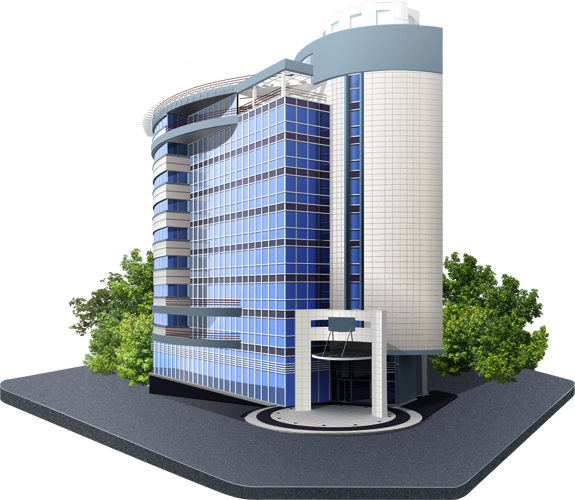Run-of-River Installations & Tidal Power Stations
Welcome to the world of Hydropower! This will guide you through Run-of-River installations and Tidal Power Stations.Get ready to embark on your hydropower learning journey!
Topic Orientation
Introduction to Hydropower
Hydropower is a renewable energy source that harnesses the energy of flowing water to generate electricity. Two significant subcategories within hydropower are “Run-of-River Installations” and “Tidal Power Stations.” These technologies play a crucial role in sustainable energy production, contributing to reduced greenhouse gas emissions and a cleaner environment.
Run-of-River Installations Explained
Run-of-river installations are hydropower systems that operate without the need for extensive water storage. Instead, they utilize the natural flow and elevation drop of rivers or streams to generate electricity. These systems have a relatively low environmental impact compared to large dams, making them an environmentally friendly choice for generating clean energy.
Tidal Power Stations Overview
Tidal power stations harness the energy generated by the rising and falling tides in coastal areas. They often employ underwater turbines to capture the kinetic energy of the moving water. Tidal power is highly predictable and a promising source of renewable energy, but it requires specific geographic conditions for optimal operation.
Environmental Impact of Run-of-River Installations
While tidal power stations offer significant benefits in terms of predictable energy generation, they can have some environmental impact. The installation of underwater turbines and alterations to tidal flow patterns may affect marine ecosystems. Proper planning and monitoring are essential to minimize these effects.
Energy Storage in Run-of-River Installations
Run-of-river installations typically do not include energy storage systems. Their electricity output is directly tied to the natural flow of the river. As a result, their generation can vary seasonally and with changing weather conditions, making them best suited for regions with consistent water flow.
Energy Storage Solutions for Tidal Power Stations
Tidal power stations face the challenge of managing energy generation during tidal cycles, which occur approximately every 12 hours. Some installations incorporate energy storage solutions, such as batteries or pumped hydro storage, to regulate electricity production and ensure a stable power supply.
Location Factors for Run-of-River Installations
Run-of-river installations are strategically located in areas with consistent water flow, typically in mountainous regions where rivers and streams maintain reliable year-round flow. The choice of location plays a crucial role in the efficiency and feasibility of these installations.
Location Considerations for Tidal Power Stations
Tidal power stations are situated in coastal regions with significant tidal movements. Locations with a large tidal range, such as the Bay of Fundy in Canada or the Severn Estuary in the UK, offer ideal conditions for harnessing tidal energy.
Application: Power Output
Step 1: Efficiency of Turbine (η)
The efficiency of the turbine (η) measures how effectively it converts the kinetic energy of flowing water into electricity. It depends on various factors, including the brand, size, and condition of the turbine. Choose values that match your specific turbine characteristics.
Step 2: Density of Water (ρ)
The density of water (ρ) plays a crucial role in hydropower. It changes with temperature and salinity. Cold water tends to be denser, while higher salinity reduces density. Choose values that match your project site’s conditions.
Step 3: Flow Velocity (v)
The flow velocity (v) of the water determines the kinetic energy available for generating hydropower. It’s influenced by factors like water slope, channel bed roughness, channel material, channel morphology, and wind conditions. Choose values that represent your specific conditions.
Step 4: Discharge (Q)
Discharge (Q) represents the water flow rate through the turbine. It relies on the channel’s length, width, depth, and the conditions affecting flow velocity. Carefully select values to accurately assess your project’s potential.
Step 5: Power Output
Click the button to compute the power output (P) of your hydropower system based on the parameters you’ve selected in the previous steps. The result will be displayed here.
Case Studies
Thasxis is just asaxasxsa placeholder to help you visualize how the contxent is displayed in the tabs. Feel free to edit this with your actual content.
Thasxis is just asaxasxsa placeholder to help you visualize how the contxent is displayed in the tabs. Feel free to edit this with your actual content.

Thasxis is just asaxasxsa placeholder to help you visualize how the contxent is displayed in the tabs. Feel free to edit this with your actual content.Thasxis is just asaxasxsa placeholder to help you visualize how the contxent is displayed in the tabs. Feel free to edit this with your actual content.
Visuals
References
This is a placeholder tab content. It is important to have the necessary information in the block, but at this stage, it is just a placeholder to help you visualize how the content is displayed. Feel free to edit this with your actual content.
Equations
This is a placeholder tab content. It is important to have the necessary information in the block, but at this stage, it is just a placeholder to help you visualise how the content is displayed. Feel free to edit this with your actual content.
Engineering Kit
This is a placeholder tab content. It is important to have the necessary information in the block, but at this stage, it is just a placeholder to help you visualise how the content is displayed. Feel free to edit this with your actual content.
Quiz : Test Yourself
This is a placeholder tab content. It is important to have the necessary information in the block, but at this stage, it is just a placeholder to help you visualise how the content is displayed. Feel free to edit this with your actual content.
Your Reflection
This is a placeholder tab content. It is important to have the necessary information in the block, but at this stage, it is just a placeholder to help you visualise how the content is displayed. Feel free to edit this with your actual content.